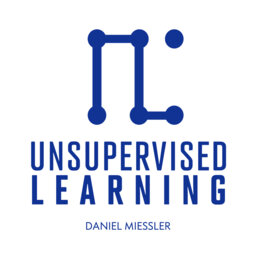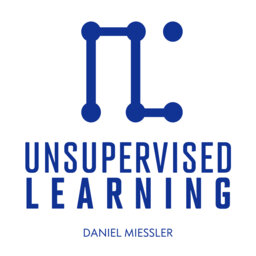Writing Fiction With AI
I want to explore how AI can assist in fiction writing, especially using open-source models that allow for greater control, creativity, and long-form storytelling. With tools like LM Studio and Hugging Face, we can download powerful AI models capable of maintaining story coherence, helping authors generate complex narratives, and even unlocking new storytelling possibilities.
So, the idea is to create a structured approach to fiction writing with AI. By organizing story elements—characters, setting, mystery, and plot—into a detailed text file ("Telus file"), we can guide AI models to produce high-quality, structured narratives. The goal is not to replace authors but to empower them with AI-assisted storytelling.
Who wants to experiment with this approach? Or does anyone know of better AI tools for fiction writing? With larger context models and improving AI capabilities, we might be close to AI-assisted novels that rival human-written stories!
Subscribe to the newsletter at:
https://danielmiessler.com/subscribe
Join the UL community at:
https://danielmiessler.com/upgrade
Follow on X: https://x.com/danielmiessler
Follow on LinkedIn: https://www.linkedin.com/in/danielmiessler
 Unsupervised Learning
Unsupervised Learning


